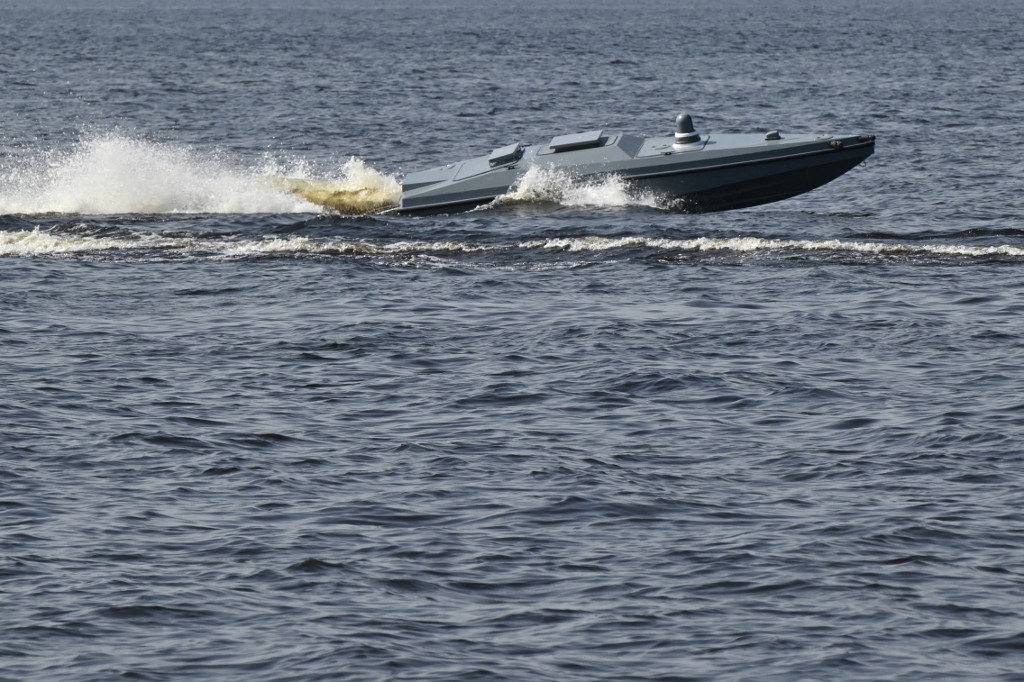Poland has seen what has happened to its Ukrainian neighbor since Russia's full-scale invasion and doesn’t intend to be caught unprepared as Kyiv was.
Even before Russia’s war of aggression against Ukraine began in February 2022 Poland had decided to modernize and rearm its armed forces, but that process really took off because of the invasion, with Warsaw declaring it wanted to create the largest, best-equipped armed forces in Europe by 2035.
JOIN US ON TELEGRAM
Follow our coverage of the war on the @Kyivpost_official.
According to a September article by the Center for European Policy Analysis (CEPA), Poland was already spending 2.4 percent of its GDP on defense but decided to increase that to 4 percent in 2023 with more than 50 percent of that to be spent on weapons and equipment.
The country plans to double its land forces to 300,000 accompanied by huge purchases of equipment including 366 Abrams tanks and 96 Apache attack helicopters; 980 K2 tanks and 648 self-propelled howitzers from South Korea; hundreds of US HIMARS rocket launchers; large numbers of Patriot air defense systems; 22 UK-made air defense batteries and three UK-designed frigates; as well as 48 South Korean FA-50 combat aircraft and 32 US F-35 aircraft to add to its existing fleet of 48 F-16s.
It is not just its armed forces that will be better prepared. Warsaw has also unveiled plans to physically strengthen its borders with Belarus and Russia – a strategy it calls “Eastern Shield, for which it has allocated 10 billion zlotys ($2.5 billion) over five years.

ISW Russian Offensive Campaign Assessment, January 4, 2025
In March the government announced new legislation to increase Poland’s ability to defend its citizens which would include greater funding for first aid training, improved public warning systems, and the construction of more emergency shelters.
The Polish people appear enthusiastic about their leaders’ proposals and learning to defend themselves.
Holidays with the Army
Poland is aiming for its future army of 300,000 to be filled totally with volunteers, while its current strength is around 198,000. The latest initiative designed to both sensitize its citizens towards the need for defense and to attract potential recruits to the armed forces is a new program launched this summer by the Polish Armed Forces they have called “Holidays with the Army.”
The “vacations” are being held in 70 locations throughout Poland, several near the borders between Russia and Belarus. The program is open to both men and women aged between 18 and 35 years old. A training module lasts for 28 days for which attendees are paid 6,000 zlotys ($1.5 thousand).
Col. Pavel Galazka, commander of the 18th Lomza Logistics Regiment, a unit training the volunteers said: “The Army wants to train as many citizens as possible. Everyone knows about the threat that comes from the east.”
He said that at the end of the training, the successful volunteers will take a soldier's oath in which they swear “to serve loyally the Republic of Poland ... even at the cost of losing their life or blood.”
The recruits are given the option to enlist at the end of the course either directly into a branch of the professional armed services, the Territorial Defense Forces or be on standby as reservists.
Maj. Michal Tomczyk, a spokesperson at the Defense Ministry, told AP news that Russia's full-scale invasion of Ukraine has invigorated Poles’ desire to defend their nation. He said they had planned for 10,000 volunteers for the program and have to date received more than 11,000 applications.
The program is no holiday, despite its name. It is run as a “boot camp” so the recruits understand exactly what is needed for a 21st-century soldier. They rise early and work until late learning combat and survival skills. They are confined to the base for the 28-day duration of the course.
In some of the areas used for training, there are still remnants of the Polish defensive lines from the 1939 German invasion in the prelude to World War II. Galazka said this has motivated many of the young people who have volunteered for the program and reinforced the patriotism already cultivated by the history they learned at school.
The Financial Times previously reported on military shortages suffered in European NATO countries and their inability to rapidly mobilize their forces in the event of a war with Russia.
Russia's initial seizure of Ukrainian territory in 2014 raised some concerns but very little action. The full-scale invasion has brought the threat from Russia sharply into focus, particularly among the Baltic and Nordic nations. In Poland, a member of both NATO and the European Union, the war is taking place just across the border and stray Russian missiles have landed on their territory.
Sweden and Finland broke away from centuries of neutrality to join NATO, while some nations, such as Denmark, are considering introducing or extending compulsory conscription for both men and women.
Earlier Rob Bauer, the head of NATO’s military committee, warned alliance members in January they should prepare for a full-scale war with Russia anytime in the next 20 years. He warned that if hostilities broke out, a large number of citizens will need to be mobilized and governments should already be creating systems to manage and educate its people to understand that “they will have a role.”
The message has certainly been received and understood in Warsaw.
You can also highlight the text and press Ctrl + Enter






